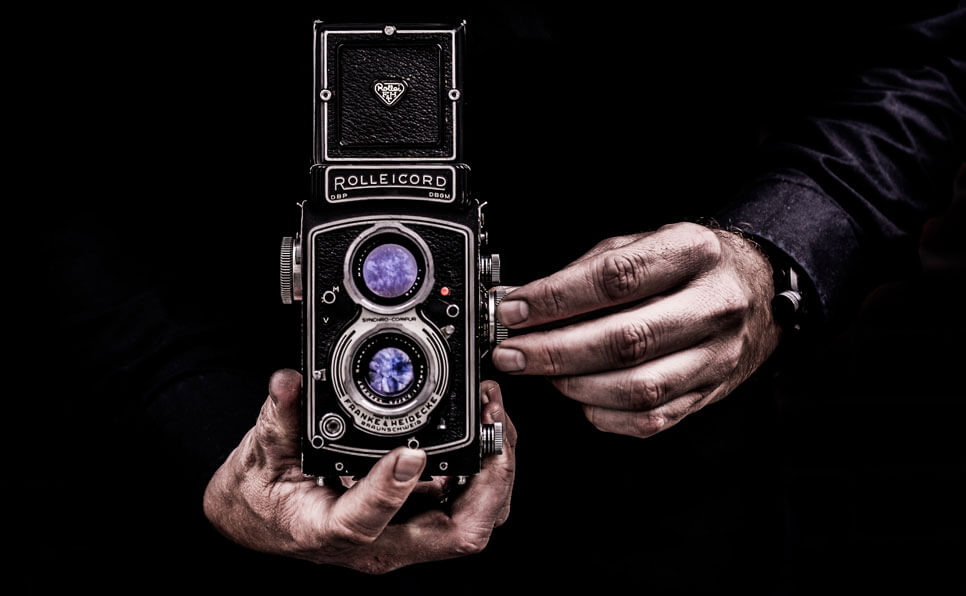What does it mean that the art is short? Scores for short films are intricate works of art that combine narrative storytelling with musical imagination. As opposed to feature-length films, which can go on for hours, short films (usually between one and forty minutes) ask for succinct, emotionally engaging music that enhances the story without overpowering it. A brief rundown of the creative and technical aspects of short film scoring:
1.Crucial Parts of Score for Short Films
Getting the Story
.Theme and Tone : The composer needs to know the film’s emotional arc, genre, and primary themes before they start writing. The music should add to the mood you want to create, whether it’s suspense, joy, melancholy, or amazement.
It is common practice for directors and composers to see a film together during the “spotting session” to choose the best places for music to appear and the emotions it should evoke.
2.Expression Costs
Shortness: There isn’t a lot of time for slower films. Within seconds, the score needs to set the mood and personality.
The use of leitmotifs and motifs, which are musical concepts or melodies that return throughout the film, helps to establish its identity quickly.
3.Assisting, Not Controlling
Harmony: The score complements the images and words without being too much of a distraction. Remember that restraint is key—sometimes it’s best to keep things simple or quiet.
Being adaptable
Quick changes in tone or tempo are common in short films. The music needs to be adaptable and quick to change, sometimes moving from one style or instruments to another.
Limited Resources: Composers often make do with digital instruments, smaller ensembles, or even found sounds when working with smaller finances.
4.Experimenting with creativity
Composers are free to explore with unusual structures and sounds in short films, which makes them more experimental than feature films.
Process of Composing Music for a Short Film
- First Consultation: Get together with the director to go over goals, sources, and expectations.
Find important musical moments during the spotting session.
Theme Sketching: Formulate overarching concepts or motifs in music.
Make sure the music is composed and timed to match the scenes in the film.
Revisions and Feedback: Work closely with the director to make any necessary revisions.
Complete the audio mix by balancing the score, speech, and sound effects.
